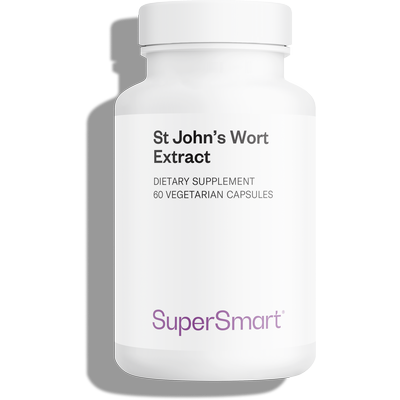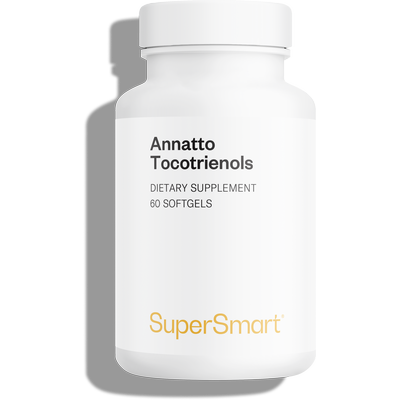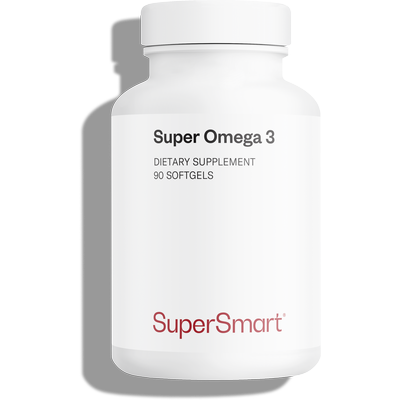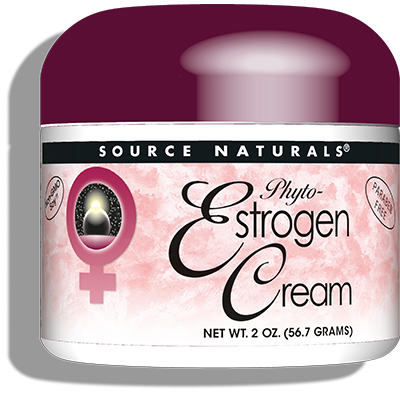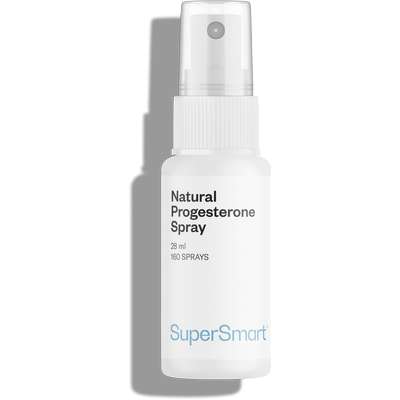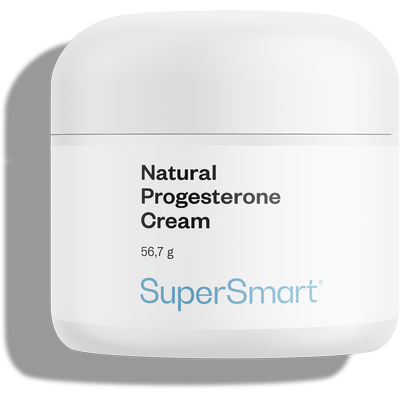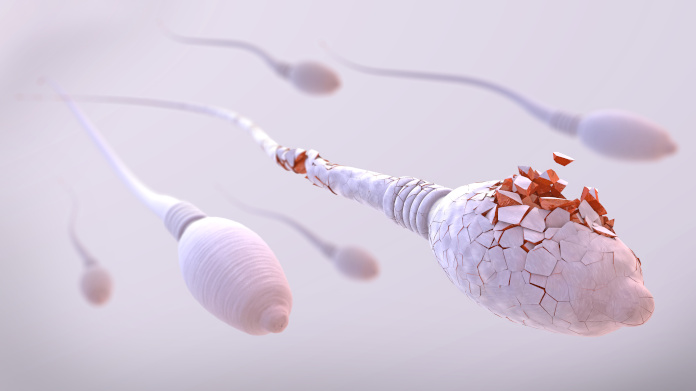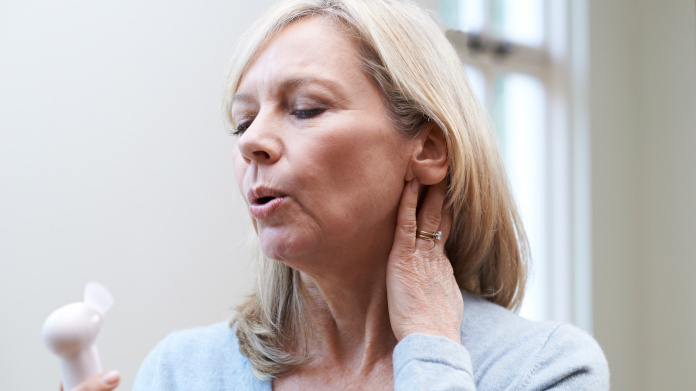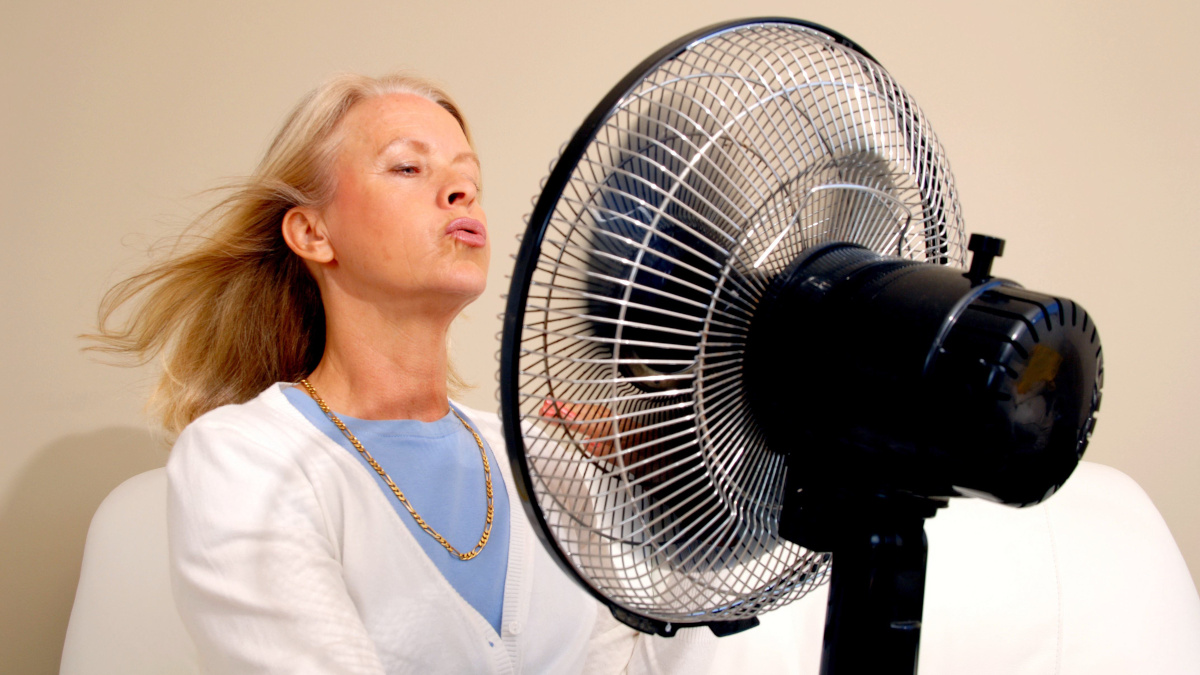
What exactly is a hot flush?
A hot flush (or ‘hot flash’ in the US), sometimes referred to under the umbrella term ‘vasomotor symptoms’, is a sudden, transient feeling of heat, most often felt in the upper body (the face, neck and chest).
Hot flushes can be mild, but they can also be very uncomfortable.
The different symptoms of a hot flush
Specifically, the common symptoms of a hot flush are:
- a sudden sensation of heat spreading to the chest, neck and face;
- redness and/or blotchy skin;
- an increased heart rate;
- sudden sweating mainly in the upper body;
- a sensation of coldness once the hot flush has subsided;
- a feeling of anxiety.
Both the frequency and intensity of hot flushes vary over time and depending on the individual. An episode can last 1-2 minutes, or sometimes as long as 5 minutes.
What causes hot flushes, especially in women?
The potential causes of hot flushes in general include side-effects from certain drugs, thyroid problems, anxiety, etc.
There are also factors that can intensify these vasomotor symptoms:
- smoking;
- obesity;
- heredity.
In women, however, hot flushes are often seen at times of hormonal fluctuations during the premenstrual period or menopause (the stage that marks the end of a woman’s reproductive life and corresponds to a permanent absence of periods for at least 12 consecutive months).
Most research suggests that this type of female hot flush occurs when a fall in oestrogen levels makes the body’s thermostat (hypothalamus) more sensitive to variations in body temperature, even slight ones. When the hypothalamus judges the body to be too hot, it triggers a chain of events to make it sweat and cool down.
When do these hot flushes occur?
Hot flushes in women due to hormonal changes can occur at any time of the day or night.
Most women who report experiencing them suffer them on a daily basis.
Nighttime hot flushes are often considered to be particularly intolerable, especially as they interfere with sleep.
How many years do female hot flushes last?
On average, menopause-related hot flushes continue for 7 years, though some women experience them for more than 10 years.
In most cases, they come to a stop after the age of 65. It’s also worth noting that not all women suffer hot flushes during the menopause.
What can you do to reduce menopause-related hot flushes?
There are various natural approaches that can help minimise the frequency and intensity of hot flushes during the menopause:
Some practical advice
First and foremost, try to stay cool. Wear lighter, breathable clothing and cool yourself down with cold towels, cooling sprays…
Make sure you eat a varied, balanced diet, avoiding spicy foods, hot drinks, and alcohol, as well as smoking, which can all contribute to hot flushes.
Take regular exercise to support your general well-being and learn to relax.
Phytoestrogens
Phytoestrogens are compounds naturally present in certain plants such as red clover, soybeans and flaxseeds.
While not exact substitutes for endogenous oestrogens, these compounds have a similar chemical structure. They are able to bind to oestrogen receptors, exerting oestrogenic activity, which compensates for the fall in oestrogen levels linked to the menopause.
They therefore seem to be effective at reducing hot flushes in some women. They can be found in the form of phytoestrogen-rich creams (1).
Progesterone
As well as a fall in oestrogen levels, women going through the menopause also experience a decrease in progesterone.
Supplements containing phyto-progesterone, usually obtained from the plant wild yam, help to compensate for this progesterone shortfall and may thus help to prevent hot flushes (2-3).
Try, for example, our natural progesterone spray or natural progesterone cream.
Vitamin E
A recent meta-analysis showed that, compared with a placebo, the antioxidant vitamin E combined with omega-3, was able to reduce the intensity of hot flushes (4).
Sage
Sage is traditionally used to alleviate hot flushes. Several studies appear to support such use, suggesting it may reduce both their frequency and intensity (5).
St John’s Wort
A lesser-known fact is that, in addition to being used for supporting mood, St John’s Wort is increasingly being studied for its potential effects in countering hot flushes (6). Be sure, however, to seek medical advice before starting any supplementation.
SUPERSMART ADVICE
References
- Chen MN, Lin CC, Liu CF. Efficacy of phytoestrogens for menopausal symptoms: a meta-analysis and systematic review. Climacteric. 2015 Apr;18(2):260-9. doi: 10.3109/13697137.2014.966241. Epub 2014 Dec 1. PMID: 25263312; PMCID: PMC4389700.
- Prior JC, Hitchcock CL. Progesterone for hot flush and night sweat treatment--effectiveness for severe vasomotor symptoms and lack of withdrawal rebound. Gynecol Endocrinol. 2012 Oct;28 Suppl 2:7-11. doi: 10.3109/09513590.2012.705390. Epub 2012 Aug 1. PMID: 22849758.
- Regidor PA. Progesterone in Peri- and Postmenopause: A Review. Geburtshilfe Frauenheilkd. 2014 Nov;74(11):995-1002. doi: 10.1055/s-0034-1383297. PMID: 25484373; PMCID: PMC4245250.
- Maghalian M., Hasanzadeh R., Mirghafourvand M. The effect of oral vitamin E and omega-3 alone and in combination on menopausal hot flushes: A systematic review and meta-analysis. Post Reprod. Health. 2022;28:93–106. doi: 10.1177/20533691221083196.
- Bommer S, Klein P, Suter A. First time proof of sage's tolerability and efficacy in menopausal women with hot flushes. Adv Ther. 2011 Jun;28(6):490-500. doi: 10.1007/s12325-011-0027-z. Epub 2011 May 16. PMID: 21630133.
- Abdali K, Khajehei M, Tabatabaee HR. Effect of St John's wort on severity, frequency, and duration of hot flashes in premenopausal, perimenopausal and postmenopausal women: a randomized, double-blind, placebo-controlled study. Menopause. 2010 Mar;17(2):326-31. doi: 10.1097/gme.0b013e3181b8e02d. PMID: 20216274.
4 Days
Great
The efficient delivery.
CLA VOETS
11 Days
Great service
Great service items dispatched straight away and arrived on time
M***** G***
14 Days
A good webshop for supplements
A good webshop for supplements, it has a large selection of them and considering the quality, the pricing offers good value for money. The ordering process is easy and the products are sent straight away.
Maurice
16 Days
Great quality
Products are of great quality and fast delivered.
Fred Laan
17 Days
SuperSmart destaca por la calidad de…
SuperSmart destaca por la calidad de sus productos.
GONZALEZ PALACIN Luis
18 Days
snelle levering,perfect product.
snelle levering,perfect product.
robert
19 Days
Been a customer for over 15 years and…
Been a customer for over 15 years and find their products along with the service excellent. I recommend Super Smart to all my friends.
Del Chandler
19 Days
Excellent product and service
The product was excellent and so were the delivery and the service
F. Ferlitz
22 Days
Never an issue ordering
Never an issue ordering. Simple and to the point. And product always comes the following day. Quality is great too!
Andrea
22 Days
Excellente service & products with rare…
Excellente service & products with rare revelation supplements I love ❤️
Giovanna Escalera
23 Days
Fast shipping
Fast shipping, products as ordered!
Coindozer
23 Days
The item arrived on time and is what…
The item arrived on time and is what was stated in the order.
HARDY Chris
26 Days
Very good products
Very good products. Very reliable. Quick delivery.
MIFSUD Joseph
30 Days
Fast shipping
Fast shipping, good products (just shipping costs to my country are extremely high).
Tanja Matko
31 Days
Many thanks.
Many thanks.
Alan

